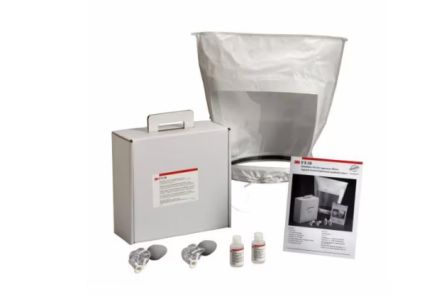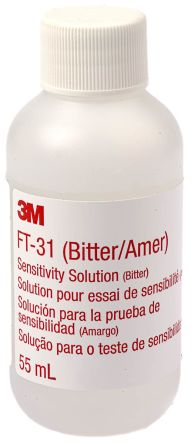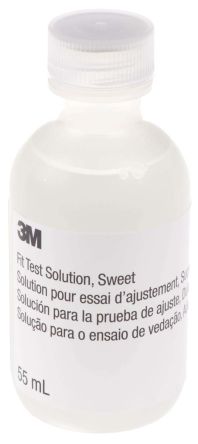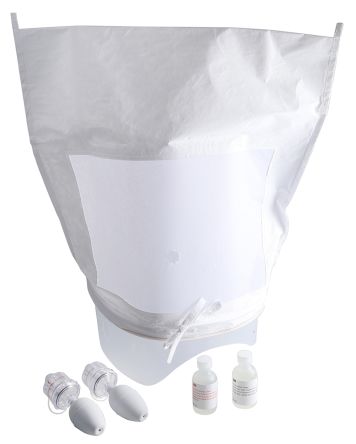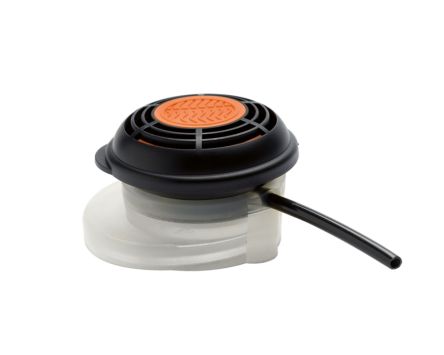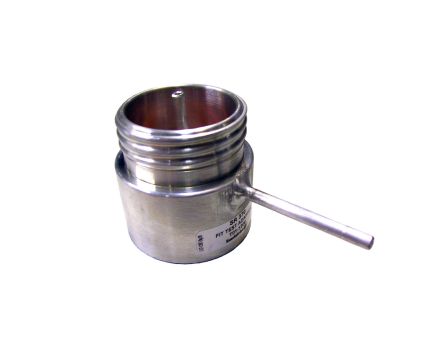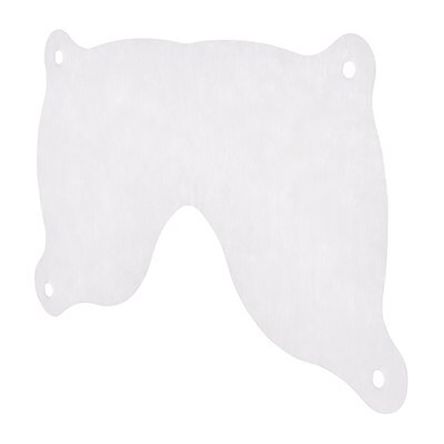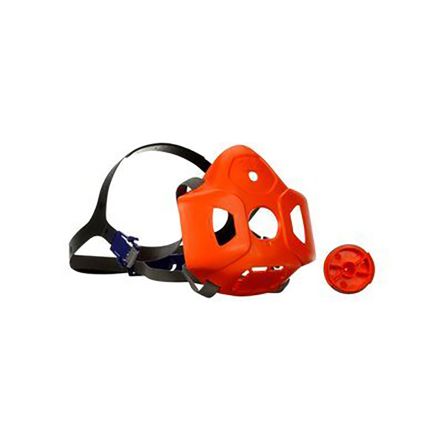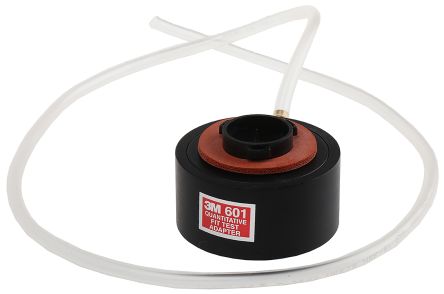- Automation & Control Gear
- Cables & Wires
- Enclosures & Server Racks
- Fuses & Circuit Breakers
- HVAC, Fans & Thermal Management
- Lighting
- Relays & Signal Conditioning
- Switches
- Batteries & Chargers
- Connectors
- Displays & Optoelectronics
- ESD Control, Cleanroom & PCB Prototyping
- Passive Components
- Power Supplies & Transformers
- Raspberry Pi, Arduino, ROCK, STEM Education & Development Tools
- Semiconductors
Face Fit Testing Kits
Respiratory protective equipment (RPE) is essential equipment for some workers and industries, it is vital that the wearer is safely protected against airborne hazards such as dust, chemical particles, gases and vapours.
Face fit testing is an essential requirement for when using tight-fitting RPE, it is important to ensure the mask is fitted safely and correctly to maximise protection. It is crucial to adhere to the guidance set out by the HSE on OC282/28, another useful guidance is the HSG53, which is the respiratory protective equipment at work and the EH40 which is the workplace exposure limits.
Who should be tested?
The types of RPE that should be fit tested is anything that is classified as tight-fitting and has a seal, typical wearers' can range from disposable respirators, half/full mask respirators, powered respirators, escape set mask, all require a fit test to be conducted by a certified person. Anything that is loose fitting, that does not create a seal around the face, does not require a face fit test, such as a hood, face masks or air-fed systems.
Why it is important to conduct a face fit test?
It is unlikely that one-size will fit all with RPE equipment. When exposed to hazardous substances, having a correctly worn RPE will ensure work is carried out. All wearers require a face fit test for each mask that is worn, and testing should be carried out regularly to meet requirements.
Types of face fit testing methods
The two types of test depends on the environment and the RPE.
Qualitative face fit testing:
- The mask effectiveness depends on the wearer's sense of taste to determine the mask effectiveness.
- Commonly used on half mask respirators and disposable face masks.
- The wearer is required to conduct normal work movements with test mask to determine mask effectiveness using the taste test method.
- If at any point, the wearer can taste the solution, the mask seal is not adequate.
12 Products showing for Face Fit Testing Kits
Related links
- Qualitative Face Fit Testing Kit
- 3M 601 Testing Adapter Containing Sampling Adapter
- Sundstrom T01-1202 Testing Adapter Containing Test Adapter
- 3M FT11 Sweet Testing Solution Containing Sensitivity Solution (55 ml)
- 3M 400+ Overspray Guard
- Sundstrom T01-1206 Testing Adapter Containing Test Adapter
- 3M FT30 Bitter Testing Kit Containing Fit Test Solution 55ml...
- 3M HF-800-03 Harness Assembly Containing Head Harness Assembly,...
